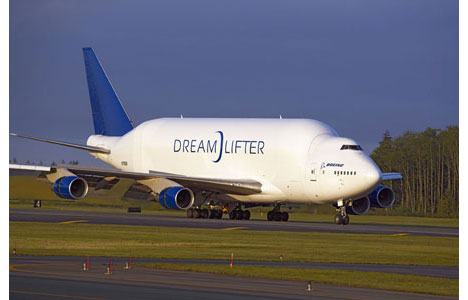Dave Brubeck interview on NPR
Blurry dog face
Safety instructions for a water landing
Redesigning the boarding pass
Picturing the last decade
Superhuman tape measure skills
Functioning Form - The Apple Store's Checkout Form Redesign
RISD San Francisco Alumni Sale 2009
Another December means the Bay Area RISD alumni gather at Fort Mason to sell their wares to eager holiday shoppers. The event also brings the RISD family together in a sort of informal reunion. CritBuns made a splash, selling out of the inventory. This year many of the customers were yoga and meditation students. Having tried zen practice recently, I concur the buns do make a great meditation cushion. By propping your hips off the ground, the foam cheeks also take pressure off your tailbone. This in turn encourages better posture, which is key to meditating.
Thanks again to everyone who attended, and to the many people now enjoying enlightened sitting.
Web forms design guidelines: an eyetracking study | cxpartners
At Zuni with @Bchesky talkin biz
Portfolio find: Graphic designer Wilfred Castillo
Portfolio find: www.hlvtca.com
The Dreamlifter: Boeing's mega plane
The craziest thing about this plane is that it was built with the sole purpose to transport parts for this plane.
One more thing about Boeing's Dreamliner, which is fascinating from a manufacturing perspective: Rather than produce the behemoth at a single plant, Boeing has spread component production out over no less than nine countries (the U.S., the U.K., Canada, France, Italy, Russia, Japan, Australia, and India) with final assembly done Stateside. So how do they get the gi-normous, partially-finished fuselage from Nagoya, Japan to Charleston, South Carolina and then Everett, Washington? By using these beasts:





Those are what Boeing is calling "Dreamlifters," heavily modified 747s purchased from China that have a volume of 65,000 cubic feet. They're seven stories high and swallow more than 52,000 gallons of fuel in their tanks.
Boeing has stated that the Dreamlifters were made purely for transporting Dreamliners and that they will not be manufacturing any for sale. Which is too bad, because you just know that somewhere some oil sheik is looking at this thing going "I have to have one of these! I must!"
via flight story
(more...)Litl computer launches; will it make a big splash?
Images from litl.com
To Sell or Not to Sell: Silicon Valley Acquisitions Market Heats Up | Fast Company
There's a #hashtag for that
The design work of Jez Burrows
Graphic and information design at its best. View site.
Carrosserie typeface
The 10,000 Year Design Challenge
This is an incredibly fascinating topic to me, first uncovered during a liberal arts course at RISD some years ago: how do you tell civilizations 10,000 years from now to avoid nuclear waste? Juliet Lapidos elaborates more on the topic for the Slate. According to the article, the oldest languages we have are from the Chinese, dating back some 5,000 years. She doesn't mention the prehistoric caves of Lascaux in France, which at 16,000 years old, contain symbols we can recognize. The bulls, bison, and cattle still make sense - they are from our environment - but there are other marks which have not yet been deciphered. They mean something, but the signs are unrecognizable. What signs can be created today that will outlive languages and generations? It's a big question, and the answer is probably in the one continuous vehicle that outlives us; nature.











